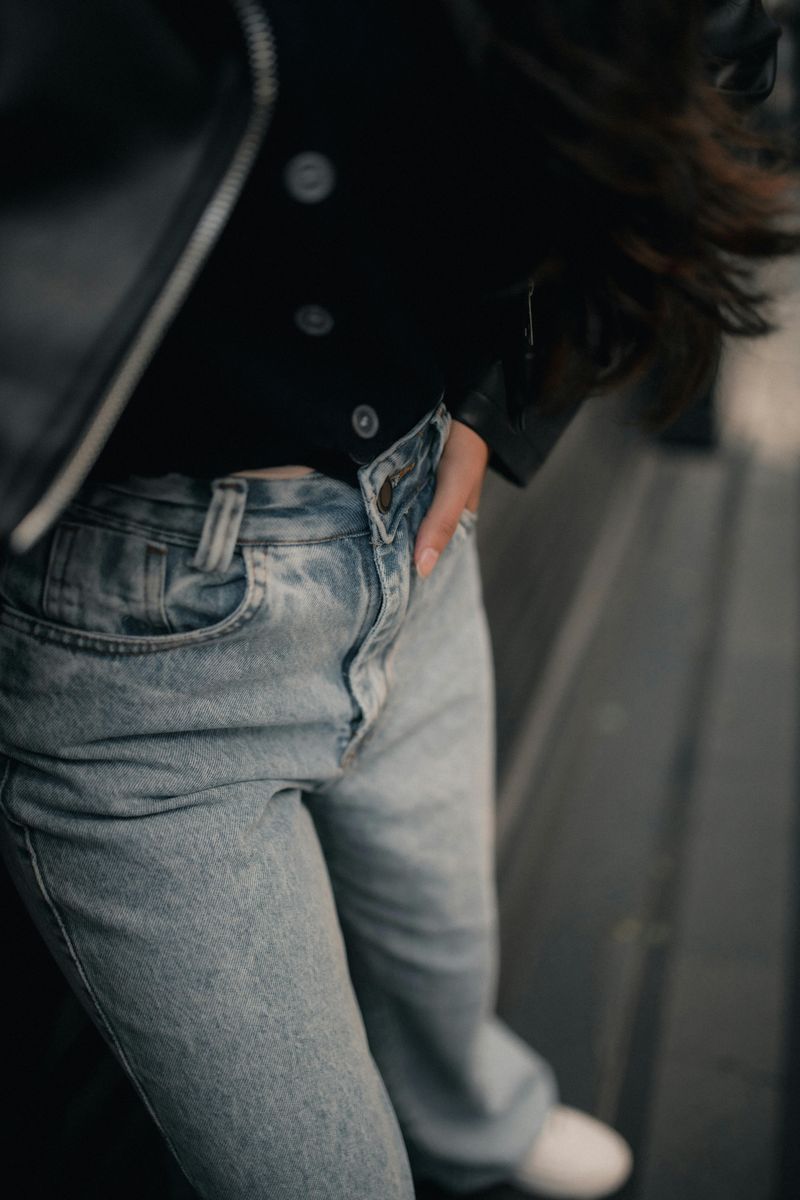10 Everyday Struggles Only Left-Handed People Understand

Being left-handed in a right-handed world feels like playing a video game on hard mode. About 10% of people are lefties, but most everyday objects seem designed to work against them. From smudged ink on their hands to awkward elbow bumps at dinner, left-handed folks face unique frustrations that righties never even notice.
1. Scissors That Just Won’t Cut It

Ever watched a leftie try to cut with regular scissors? It looks like they’re wrestling with the tool rather than using it. Standard scissors position the blades for right-handed viewing, meaning lefties can’t see their cutting line clearly.
The blade alignment also works against them, pushing the paper apart instead of cutting cleanly. Many left-handed people develop calluses or hand pain from forcing scissors to work backward.
Left-handed scissors exist but they’re harder to find and often more expensive. Schools rarely stock them, leaving leftie kids struggling through art projects while their classmates breeze through.
2. The Dreaded Ink Smudge

Writing from left to right means dragging your hand directly over fresh ink or pencil marks. The result? A silvery smudge trail that makes even the neatest handwriting look messy, plus a hand covered in graphite or ink.
Lefties often develop an awkward hook-handed writing position to avoid smudging. This twisted posture can cause hand cramps and fatigue during long writing sessions.
Quick-dry pens help somewhat, but they’re not perfect. White paper can become a gray mess by the end of class, and important notes might become illegible. It’s frustrating when your work looks sloppy despite your best efforts.
3. Spiral Notebook Torture Device

That metal spiral binding sits exactly where a left-handed person rests their writing hand. What should be a simple notebook becomes an instrument of minor torture, digging into the side of the hand with every sentence.
Some lefties flip notebooks upside down or write from the back, but this creates its own problems. Pages fill in the wrong order, and teachers often mark them down for unconventional presentation.
The constant pressure from the spiral can leave painful indentations and even temporary bruises. Meanwhile, right-handed classmates never understand why lefties complain about such a basic school supply.
4. Computer Mouse Confusion

Most workplaces and computer labs set up mice on the right side of the keyboard. Lefties must either use their non-dominant hand or reach awkwardly across their body to click and scroll.
While you can switch mouse buttons in settings, the physical shape of many mice still curves to fit right hands. Gaming mice especially feature thumb buttons positioned for right-handed gamers only.
This seemingly small inconvenience adds up during eight-hour workdays. Left-handed people develop slower response times or hand strain from constantly adapting. Some invest in ambidextrous or left-handed mice, but these options remain limited and pricey compared to standard models.
5. Can Openers From Another Dimension

Manual can openers rank among the most frustrating kitchen tools for lefties. The turning mechanism and blade position assume you’ll grip with your right hand and crank clockwise with natural right-handed motion.
When left-handed people try to use them, the whole operation feels backward and unstable. The can wobbles, the opener slips off, and what should take seconds becomes a mini workout.
Electric can openers aren’t much better since their buttons and positioning still favor righties. Many left-handed adults admit they’ve cut themselves more than once fighting with these deceptively simple devices. Opening a can of beans shouldn’t require strategic planning.
6. Musical Instruments Playing Hard to Get

Guitars, violins, and many other instruments come standard in right-handed configurations. Left-handed versions exist but cost more and offer fewer options in terms of models, colors, and features.
Music stores rarely stock left-handed instruments, forcing lefties to order online without trying first. Some famous lefties like Paul McCartney simply learned to play right-handed instruments upside down and restrung.
In school band programs, left-handed instruments are practically nonexistent. Young lefties must either adapt to right-handed playing or miss out entirely. This extra barrier means some talented left-handed kids never pursue their musical interests because the instruments literally don’t fit their hands properly.
7. Dinner Table Elbow Wars

Seating arrangements matter more to lefties than most people realize. Sit on the wrong side of a right-handed person, and your elbows will clash with every bite and drink.
Family dinners and restaurant booths become strategic challenges. Lefties learn to scope out end seats or position themselves on the left side of the table to minimize collisions.
At formal events with assigned seating, there’s no escape. You either constantly apologize for bumping your neighbor or eat with your arms tucked unnaturally close to your body. Right-handed people rarely notice this invisible dance happening beside them, but lefties plan their seating like chess moves.
8. Zippers and Buttons Betrayal

Most clothing fasteners position themselves for right-handed operation. Zippers pull up from the right side, and button holes align for right-handed threading.
Women’s clothing especially confuses left-handed wearers since buttons traditionally sit on the opposite side from men’s shirts. This double reversal makes getting dressed feel like solving a puzzle every morning.
Jacket zippers require lefties to reach across their body or use their non-dominant hand for the initial connection. While people eventually adapt, it’s one more small frustration in a long list. Even something as basic as getting dressed reminds lefties daily that the world wasn’t designed with them in mind.
9. Measuring Cup Mystery

Those handy measurement markings on the side of measuring cups? They face the wrong direction when lefties pour. To read them accurately, left-handed cooks must twist the cup awkwardly or pour with their right hand.
Baking requires precision, but lefties constantly guess or double-check measurements because the numbers hide from their natural viewing angle. Some resort to holding cups up to eye level and rotating them while pouring.
Liquid measuring cups with spouts also angle the pour for right-handed gripping. Left-handed bakers develop workarounds, but it’s exhausting when even basic cooking tools fight against you. One small design change could solve this, yet manufacturers never seem to consider it.
10. Desks With Built-In Bias

Those combination chair-desks in classrooms and lecture halls almost always attach the writing surface on the right side. Left-handed students must twist their entire torso to write, creating back pain and awkward posture.
Universities and schools claim they have left-handed desks available, but there’s usually only one or two in a room of fifty. Lefties arrive early to claim them or resign themselves to uncomfortable contortions during exams.
During timed tests, this disadvantage becomes serious. While right-handed students write comfortably, lefties waste energy maintaining twisted positions. It’s a small accessibility issue that affects academic performance, yet it persists in educational institutions everywhere despite simple solutions.

Comments
Loading…